We all want to keep our cars looking brand new. With paint protection film (PPF), we can do just that.
PPF is a clear urethane that’s designed to be durable and self-healing. It’s even resistant to chemicals and UV rays. That makes it a perfect way to protect your car and preserve its appearance for longer.
Thermoplastic Urethane
Thermoplastic urethane (or PPF for short) is a transparent, thin material that protects your vehicle’s paint surface from stone chips, bug splatters, and minor abrasions. It is a popular aftermarket accessory for car owners who want to keep their cars looking new and save money on repairs in the long run.
Polyurethane is a type of elastomer, a flexible polymer made from long, linked chains of organic molecules. Its spring-like properties allow it to bend and stretch without losing shape, making it ideal for a paint protection film. It also has high resilience, flexibility, and transparency. That makes it easy to apply and maintain, even when your car is constantly driven in harsh weather conditions.
Chemical Resistance
Chemical resistance is the ability of a coating or material to resist breakdown caused by a particular chemical over a certain period. The ability of a coating to withstand these chemicals depends on various factors, such as temperature, concentration, and duration of exposure.
Chemical-resistant paints are typically used in industrial settings such as battery rooms, marine engine rooms, and seafood storage rooms to prevent corrosion of the walls and floors. These paints protect employees from absorbing dangerous chemicals, especially in high concentrations.
PPF is highly chemical resistant, meaning that it can protect your vehicle from things like bug splatter and tree sap, which can etch into unprotected paint. Ceramic coating offers an even higher level of chemical resistance and helps to keep your car looking better for longer.
Self-Healing Properties
The paint protection film layer is designed to be both tough and flexible, able to bend and conform to the curves of your vehicle’s body. That makes it extremely tough against debris, scrapes, and scratches.
However, it also has some fantastic self-healing properties. The urethane layer softens when exposed to heat (like sunlight or a heated heat gun) and then reverts to its original, smooth state. It means scratches and scuffs are quickly repaired, leaving your car pristine.
It is an incredible fusion of science and engineering, protecting your investment and helping your car keep its new, beautiful appearance for years.
UV Resistance
Many car owners are concerned about the longevity of their vehicle’s appearance. Over time, the sun’s UV rays can cause paint to yellow or discolor, which will take away from the overall appearance of your car. PPF can help protect your vehicle from these damages and keep it looking new for years.
The elongation at the break of a paint protection film is its ability to absorb and distribute impact forces across its surface, minimizing damage to the underlying paint. This feature is essential in areas of high traffic.
In addition to impact resistance, most PPFs have good chemical and weathering resistance. It ensures the protective layer is durable against harsh weather conditions and environmental contaminants. It also helps maintain transparency over time.
Impact Resistance
Paint protection film (PPF) is a robust, transparent coating that is a barrier against various substances that harm automobiles. It comprises multiple layers working together to provide adequate protection and balance transparency, durability, and functionality.
It offers a physical barrier against rock chips, road debris, bugs, bird droppings, scuff marks, and other environmental contaminants. PPF’s self-healing properties minimize the appearance of minor scratches and swirl marks, keeping your car-looking showroom fresh for years to come.
PPF is also thicker than ceramic coatings, providing more resistance against impact from flying rocks and other debris. The urethane layer of PPF is engineered to flex and absorb impact, preventing it from reaching the underlying paint and preserving your vehicle’s value and beauty.

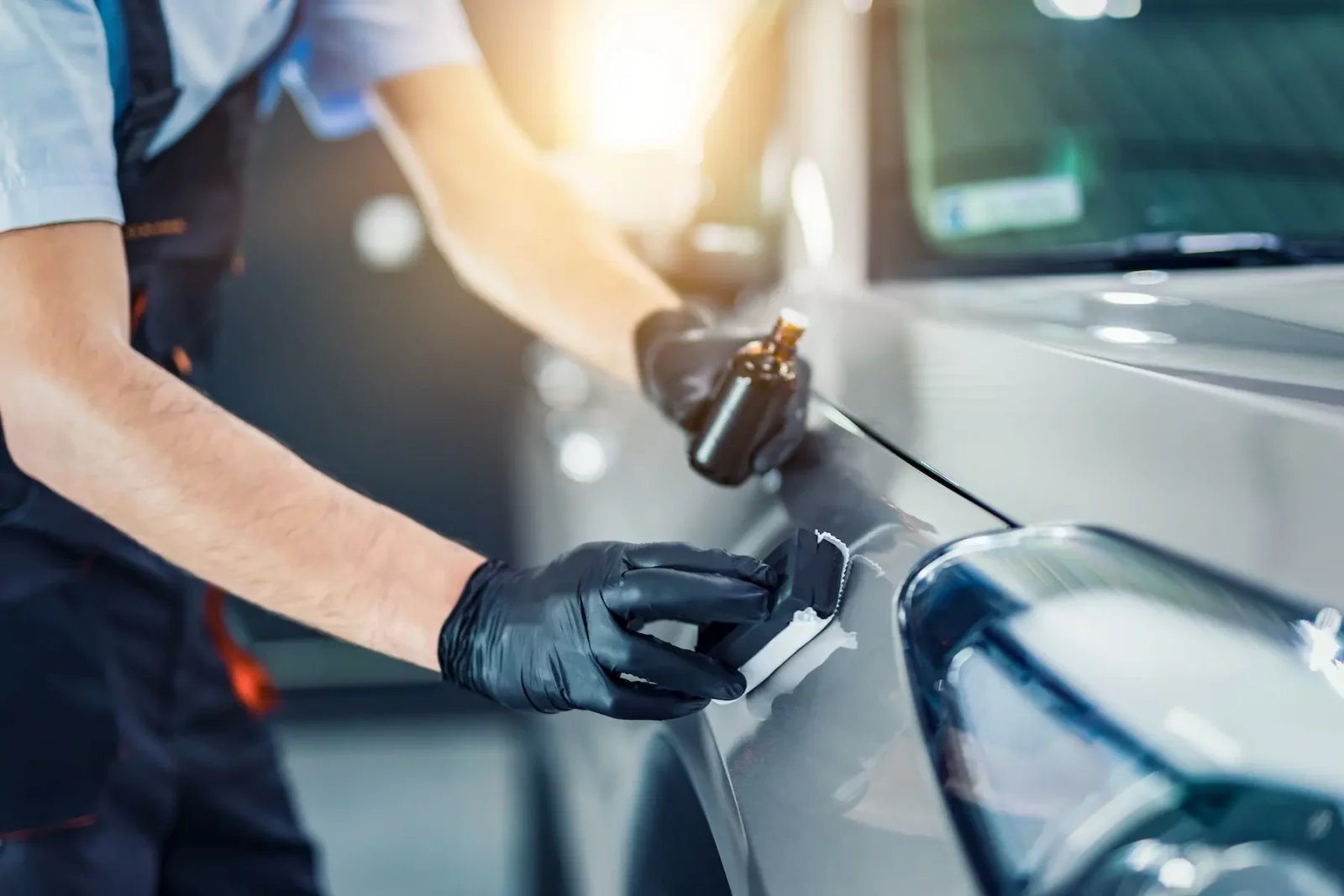
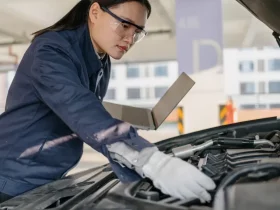
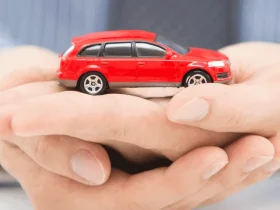
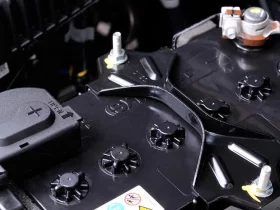

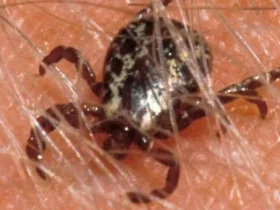
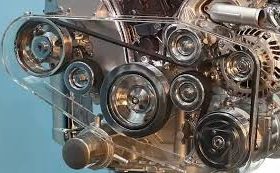
Leave a Reply